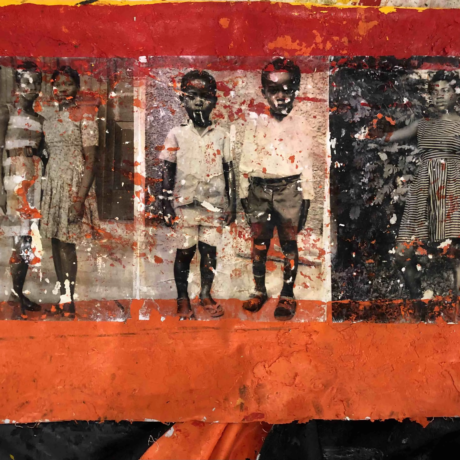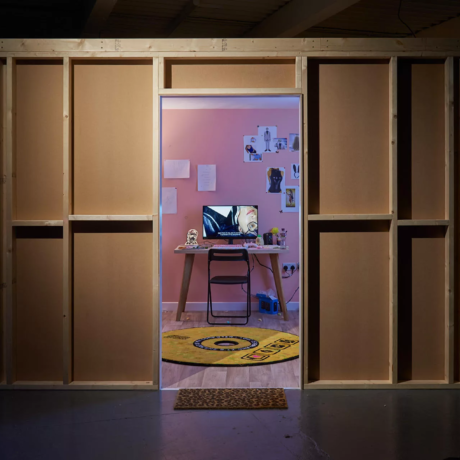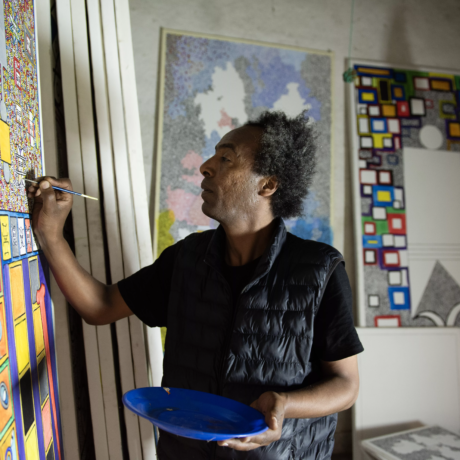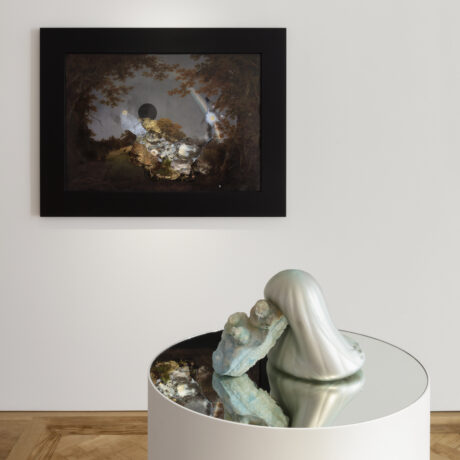Ariel Nicholson stepped into the public forum and broke boundaries as an openly trans model. In her essay for Elephant, Ariel explores the significance of her intergenerational friendship with Pippa Garner
I met Pippa Garner at a time in my life when I felt separate from my body. I felt caged but did not know how to escape, my flesh becoming increasingly fused with this narrative of entrapment. Pippa’s croaky voice greeted me kindly when I first called to speak about her life’s work, which lassoed me out of the fog of my mind and into the present. The conversation was invigorating; she spoke about her new projects and guided me through her entire life—from her childhood in an America that was “starved for pleasure,” to her pursuit of estrogen on the streets of Los Angeles. Her mind occasionally wandered, but I was struck by how she presented her ideas with such assertive lucidity.
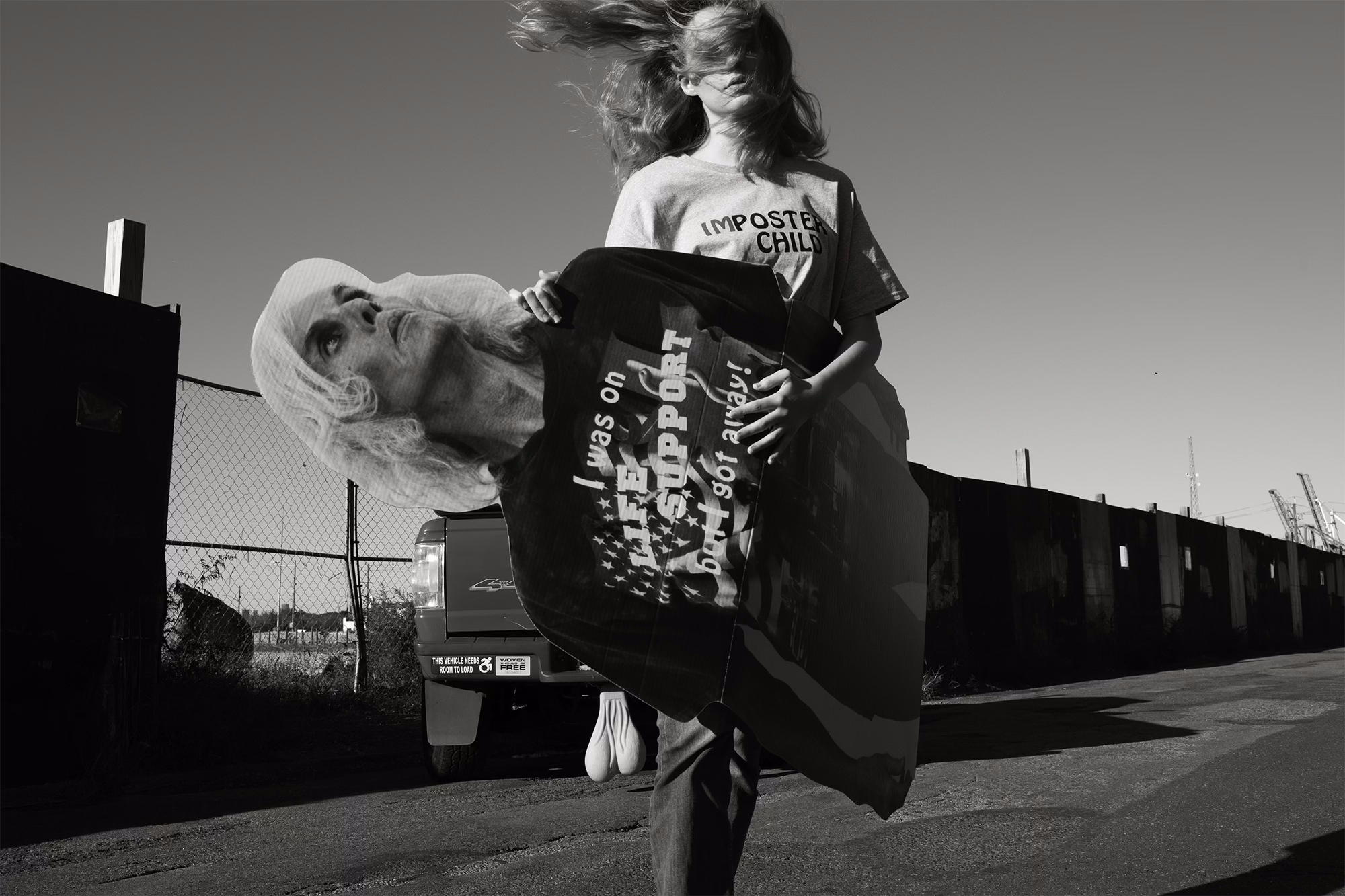
A consistent theme in Pippa’s work is the connection between the human body and technology, so it was fitting that our relationship existed primarily through phone calls. I initially assumed our conversation would be limited to a single phone interview, but it turned out we had much more to learn from each other. As our friendship developed and I immersed myself deeper into Pippa’s world, I began to viscerally understand her project of bodily modification. Her sinewy frame and intricately tattooed skin were a testament to her ceaseless pursuit of artistic transformation. At a time when all I wanted was to run away from my body, Pippa’s musings proposed an alternative: the possibility of the body as a primary locus for creativity. Pippa did not merely create art; she fearlessly lived it.
Two summers ago, I had the opportunity to meet Pippa in person at her exhibition. When her eyes fell upon me for the first time, she said she couldn’t see me well, describing my body as just an outline. Despite this, she was attuned to my physical form; Pippa saw something in me that I couldn’t see in myself. She recognized my body as a malleable object that was entirely my own, existing mutualistically with my mind. During one conversation, she stated in her deep, gauzy voice that “Our bodies are the only thing we ever really own.” Pippa did not simply own her body; she championed it. At the exhibition, I was in awe of how she moved. Posing alongside cardboard cutouts of herself, her body undulated even when she stood still.
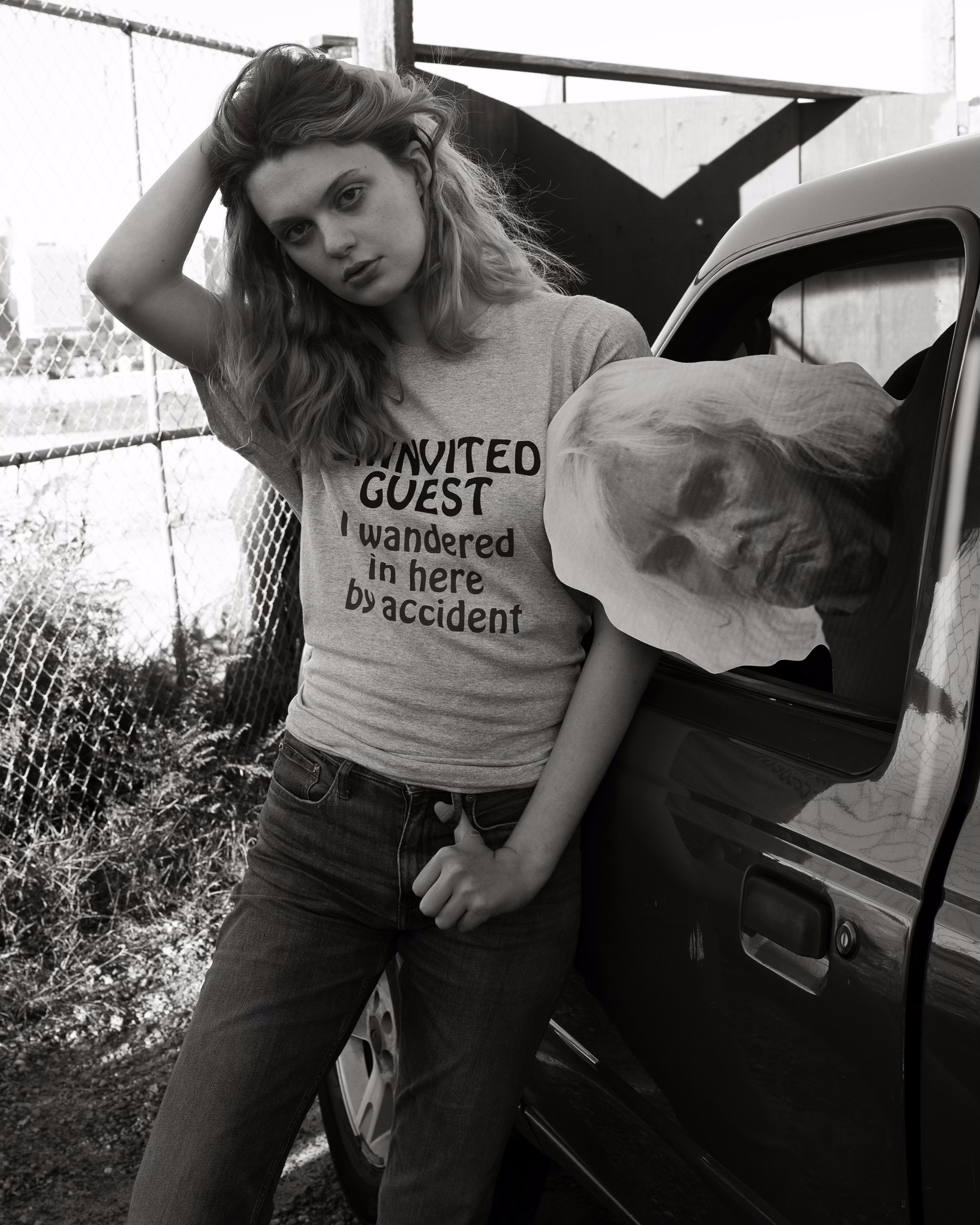
She sometimes spoke of her body failing, but that did not faze her. Her veins and bones sang with electric vitality. Ever since Pippa entered my life, I have begun to honour my body—to accept it as it is, not dream of an escape. Corporeality has become central to my understanding of art, and Pippa will always serve as my highest artistic inspiration. Witnessing her was an invitation to regard my body as a gift. She was an inventor, and her manufactured creative world was imbued with indelible truth. There is an image of Pippa wearing one of her quippy T-shirts emblazoned with the words “These Are My Remains.” Pippa owned her body, and part of that contract of ownership was the acceptance that her greatest project would eventually deteriorate.
Pippa’s body is no longer here, but I will forever remember how she inhabited it—her voice and the ripples of her movement. I will think of her as I grow and my body changes too. I will carry her with me, like she carried me when I needed it most.
Words by Ariel Nicholson
